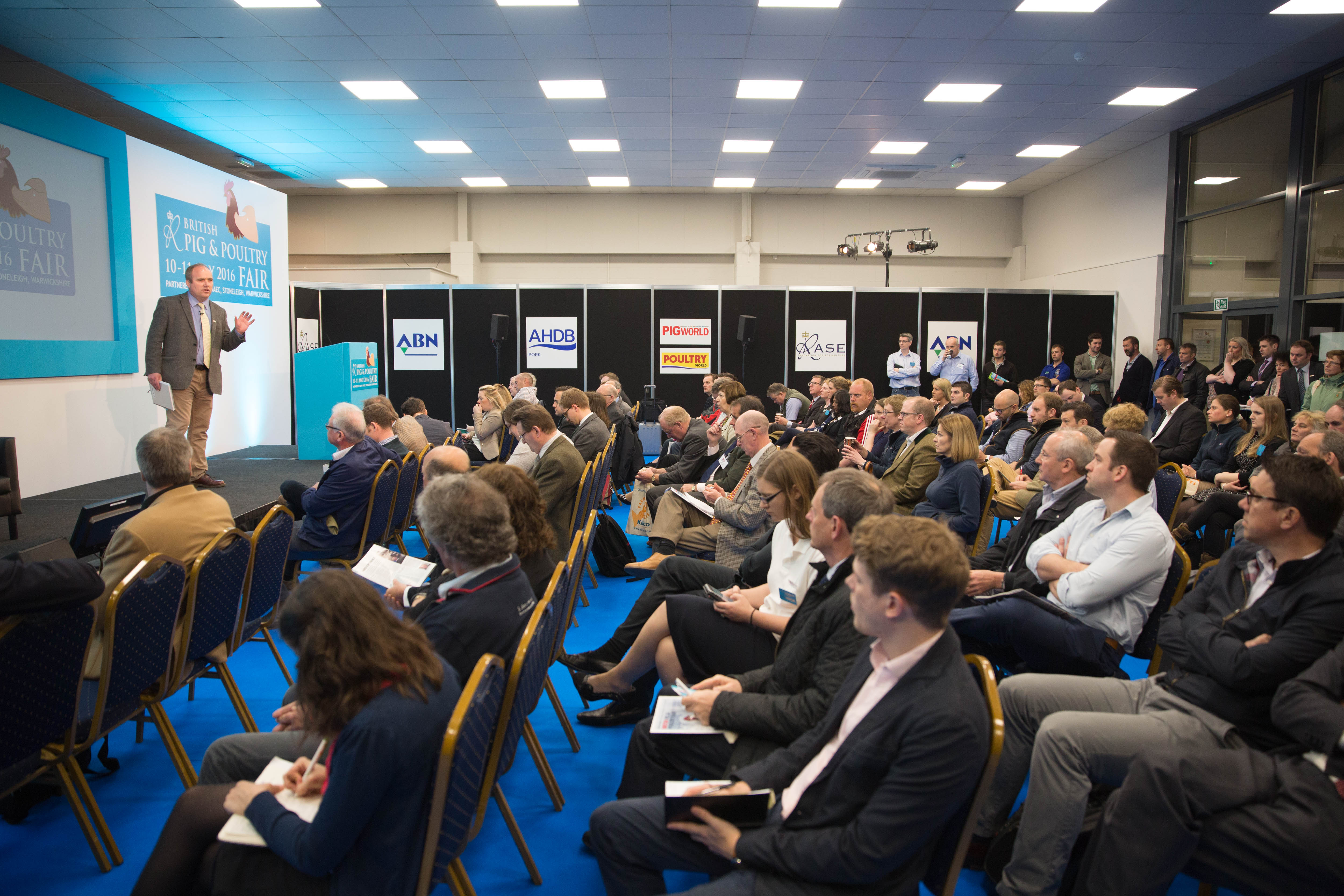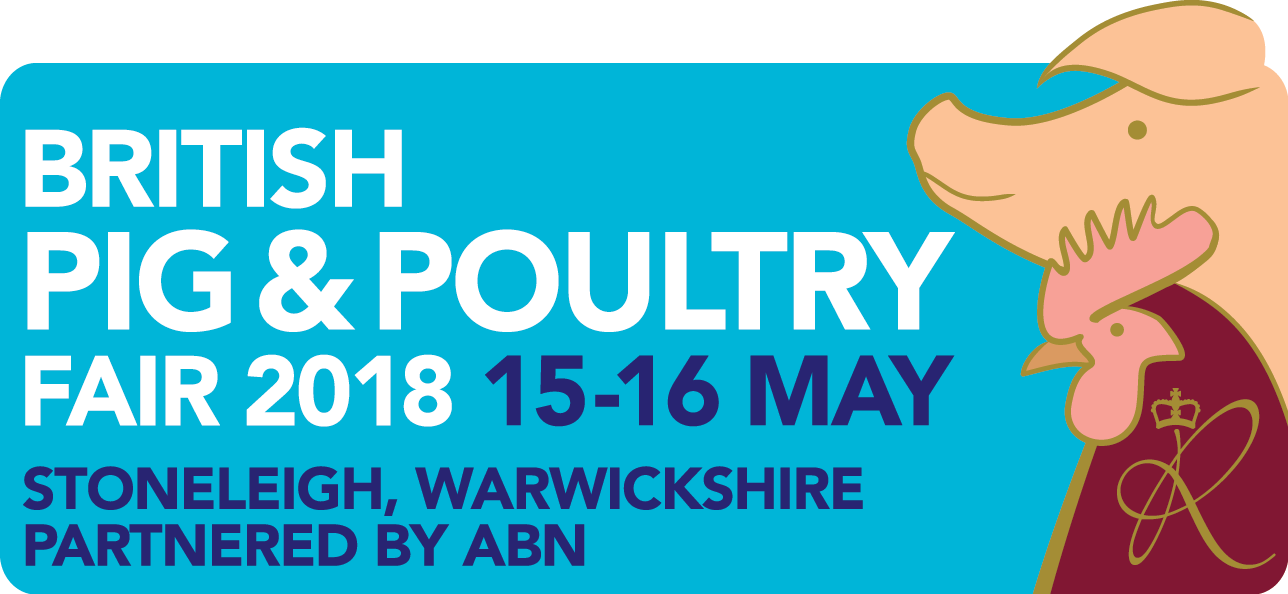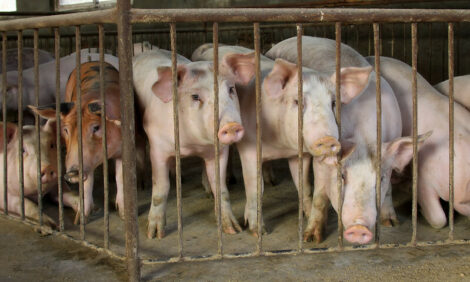



Get ready for change at the British Pig & Poultry Fair
Farmers face a lot of uncertainty in the coming years, but armed with the best advice from the industry’s top leaders they will be able to make the most of any opportunities which lie ahead
Whether it’s getting ready for changing retailer demands, investing to improve animal health and welfare, or restructuring to boost business efficiencies, there is plenty that producers can do to prepare. And they can learn all about what’s in store at the British Pig & Poultry Fair, which has brought together a top programme of speakers covering the hot topics of today.
“While nobody knows precisely what Brexit will bring, there are a number of key trends and changes which industry leaders are already using to benefit their own businesses,” explains Fair organiser Alice Bell.
“By sharing those predictions, advice and ideas, our forum speakers can help visitors to the Fair to make their own adjustments and stay ahead of the game.”
Forum topics include market outlooks for eggs, poultry meat and pigs, measuring to improve performance, and how to reduce antibiotic use without compromising welfare and performance.
ABN is partnering the Fair once again, and will be running a forum on using data to boost performance.
“We strongly believe that innovation and collaboration are key to the future of the British pig and poultry industry, and encourage everyone to attend,” says Danny Johnson, head of commercial at ABN.
Registration for the Fair – which is free to attend – is now open.
Below we feature some of the key trends to be covered in the forum programme.
Pig outlook
The next 12-24 months present some significant challenges and opportunities due to Brexit, changing consumer demands and general pig health, says Andrew Saunders, agricultural director at Tulip. “But I am confident the UK pig industry can adapt to meet these challenges and we may see a more collaborative relationship between producers and processors as a result.”
Ed Barker, senior policy adviser at the National Pig Association, adds: “I can’t think of any sector that will be affected more by the outcome of the Brexit negotiations than the pig sector. Future trading arrangements will be critical, while the industry also needs good outcomes on labour and regulation. We are getting a clearer picture all the time – the Fair will be an opportunity to discuss where we stand.”
Measuring to improve performance
Many people are already recording data for auditing purposes – but they can make far better use of it through benchmarking, to improve physical and financial performance, says Ian Lowery, a vet at Crowshall Veterinary Services.
“There are practical ways in which data can be captured and used to improve key performance indicators.”
Technology and the Internet of Things have really developed in recent years, and there’s plenty that the poultry industry can learn from other sectors, adds John McCurdy, head of agri data services at ABN.
“This is about making use of what’s already being measured in a practical way to make actionable changes on farm. If we can bring the financial aspects together with the performance data it will drive business efficiencies.”
Traceability – Unlock the power of data
For the first time, farmers can follow every step that each pig takes from birth to slaughter, with health, growth and carcase data, plus DNA details to help them make production decisions.
This cutting edge project spearheaded by AHDB is presenting unique opportunities and for the first time will allow:
- The ability to automate detailed information capture throughout the value chain.
- Individually track animals and their weight/growth throughout their lifetime.
- Feedback on individual animal slaughter data – including individual animal health through the Pig Health Scheme and CCIR.
- An excellent platform from which the UK can create a world leading system from farm to fork traceability both through the use of UHF ear tags and DNA sampling/recording.
Profit without antibiotics
The UK pig sector has made some good progress with a 34 percent reduction in total antibiotic use, but there is still room for improvement, says Joshua Onyango, livestock health consultant at Innovation for Agriculture. He will be profiling case studies from Sweden to help British farmers cut antibiotic use further.
Paul Thompson, a vet at Garth Pig Practice, will explore areas on which farmers should focus to target antibiotic reduction. These include the farrowing house, the post-weaning phase, and respiratory diseases in growers and finishers.
As reported by Agri-hub








